Bridging the gap between Demand Planning & Financial Forecasting
Demand Planning & Financial Forecasting After Covid-19 Pandemic
The Great Pandemic created the great disruption although not a dislocation yet – all of us are huddled inside our homes for the most part except for those noble souls namely Front line workers and Essential workers.
The great disruption is magnifying the importance of risk identification and mitigation across the entire economy – companies need to look at their planning process carefully to be better prepared.
Despite the enormous amounts of stimulus and support, companies will run the risk of a cash crunch. Although liquidity could be solved by the Government support, solvency is not something the Governments can solve.
Demand Planning for Sales and Operations Planning October Workshop – in-person and Virtual
S&OP process is an important tool to assess potential risks to the business and alternative strategies in a proactive way.
Although demand planning has been around for over 20+ years, the time has come to expand this and bridge this to develop a cash flow forecast. In many companies, this is a siloed process based on some deterministic assumptions.
- Are you facilitating a cash flow forecast?
- How can you develop a process that bridges the demand plan into arriving at a financial forecast that can show you the impact on expected cash flow?
The financial forecast is different from the demand plan and often will be different because Finance has to provide a realistic and achievable forecast to the stakeholders and investors – so by design there is an under-forecasting bias built in.
Secondly, the financial forecast is a constrained outlook on what we can supply to match the demand. If you have product supply constraints, then these constraints have to be dollarized and reflected in the financial plan.
Finally to make the stretch to developing the cash flow forecast, we need to understand several key things:
- Expense projections
- change in inventory
- change in other current assets
To know more about our consulting services visit Value Chain Planning.
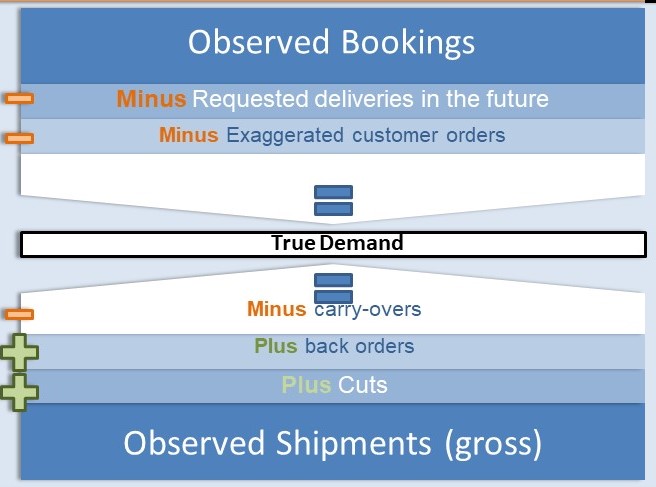

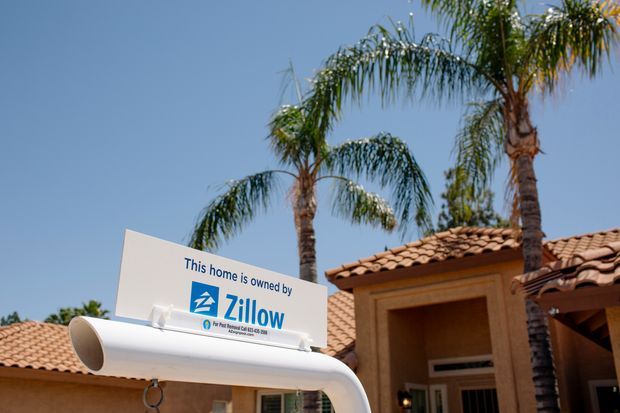


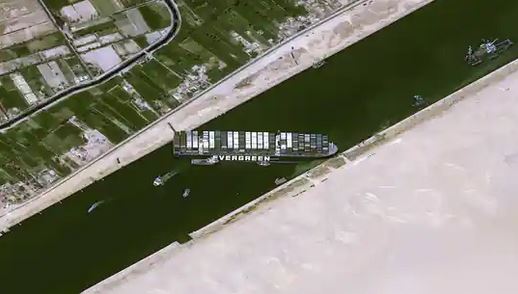
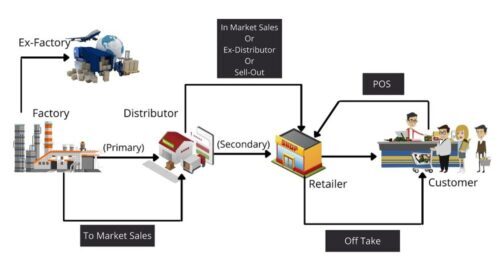
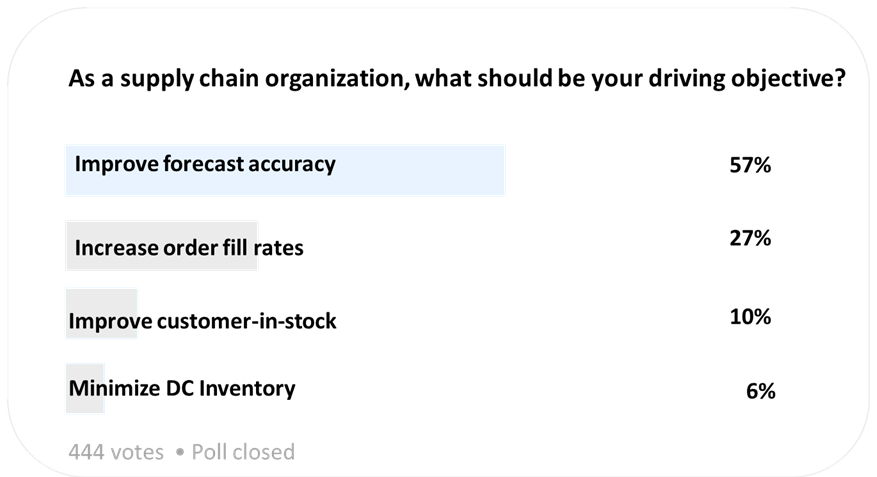

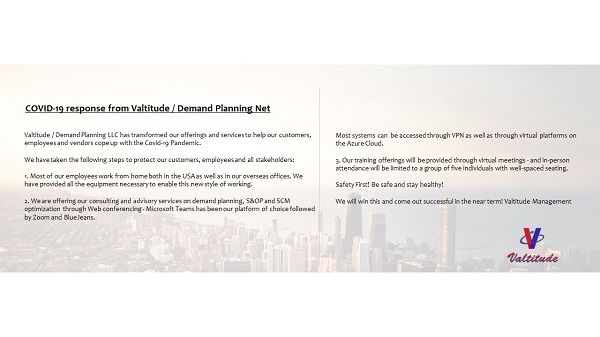

Good question.
Net Sales = Gross Sales – Returns.
If returns are significant, then Net Sales are the actual realized Sales. You are using your inventory to service a smaller amount of actual realized sales.
So you should be using the Net cost of sales.
Is it best practice to calculate inventory turns on Gross cost of goods sold or net cost of goods sold (gaap), if your return rate is ~20%. Finance says net, because that ties to cash and inventory. But what does demand planning say? they buy inventory to gross sales, but should they be monitoring net turns?
Very Informative
Planning